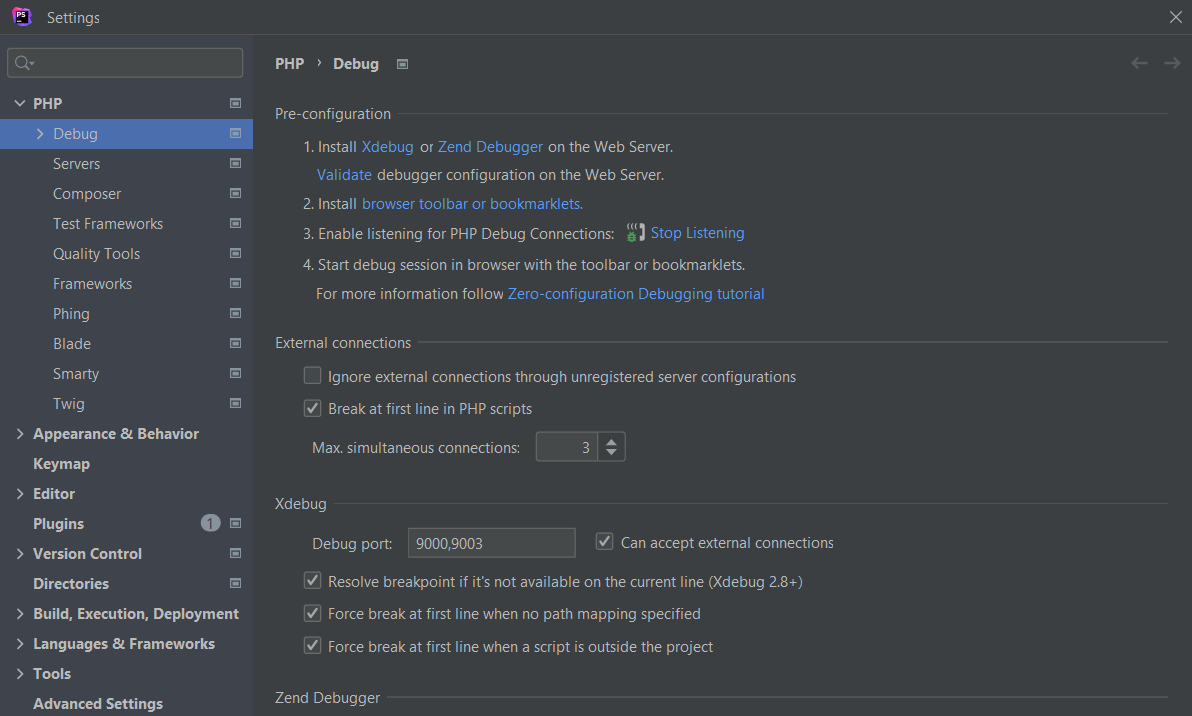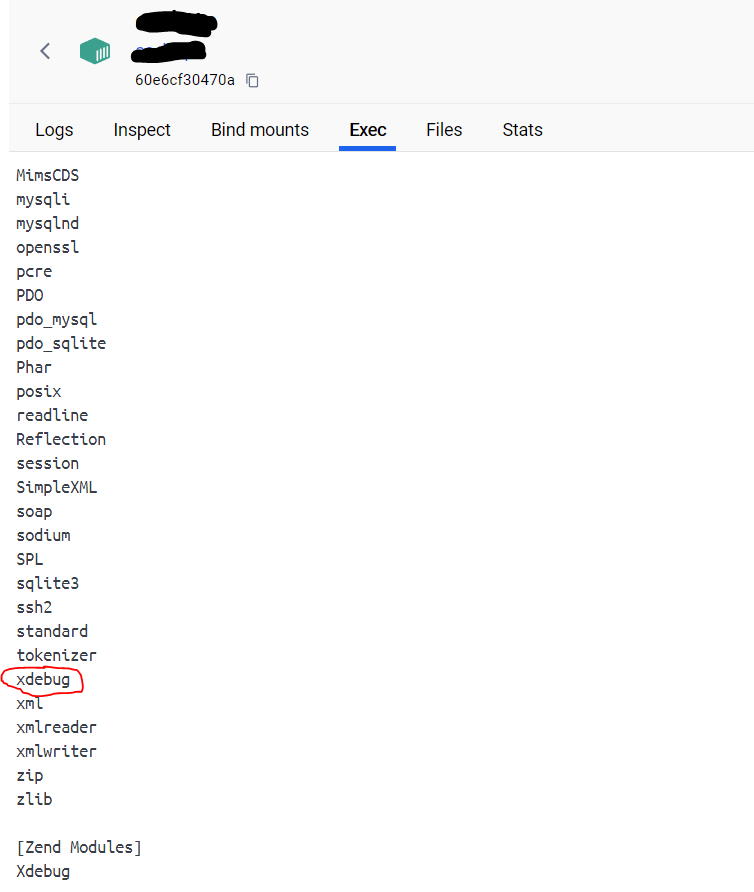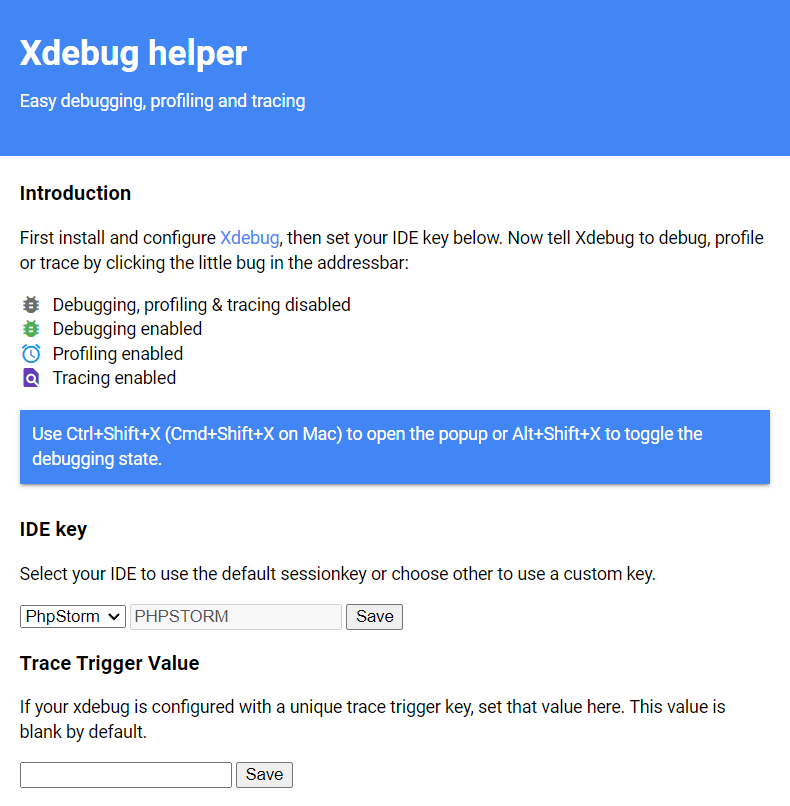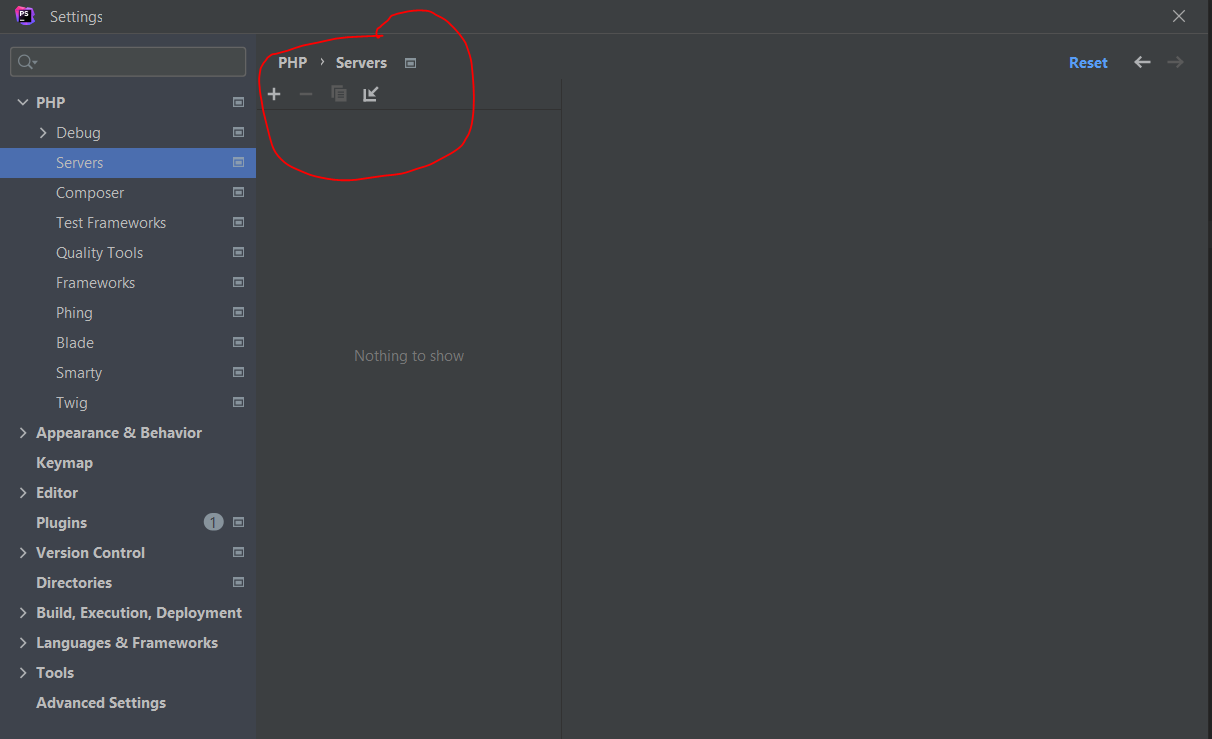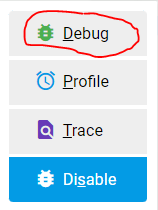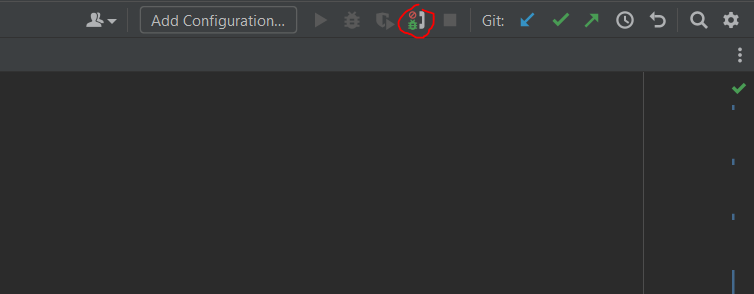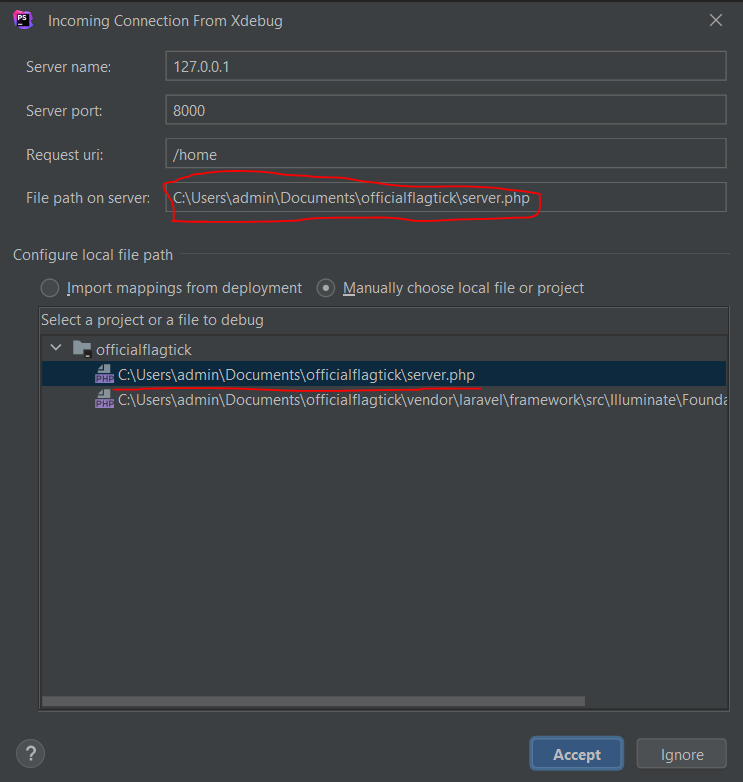» Assuming we have project layout consisting of multiple Docker containers, each serving distinct purposes, the following `Dockerfile` placed within the docker directory sets up a PHP environment with Xdebug:
project-root/
│
├── docker/
│ ├── mysql/
│ │ ├── Dockerfile
│ │ └── my.cnf
│ ├── nginx/
│ │ ├── Dockerfile
│ │ ├── nginx.conf
│ │ └── sites-available/
│ │ ├── default
│ │ ├── cdn.flagtick.com
│ │ ├── api.flagtick.com
│ │ ├── dashboard.flagtick.com
│ │ ├── listener.flagtick.com
│ │ └── resource.flagtick.com
│ ├── php/
│ │ ├── Dockerfile
│ │ └── php.ini
│ ├── phpmyadmin/
│ │ ├── Dockerfile
│ │ └── config.inc.php
│ └── docker-compose.yml
│
├── cdn/
│ ├── Dockerfile
│ └── cdn-config/
│ └── cdn.flagtick.com.conf
│
├── api/
│ ├── Dockerfile
│ └── api-config/
│ └── api.flagtick.com.conf
│
├── dashboard/
│ ├── Dockerfile
│ └── dashboard-config/
│ └── dashboard.flagtick.com.conf
│
├── listener/
│ ├── Dockerfile
│ └── listener-config/
│ └── listener.flagtick.com.conf
│
└── resource/
├── Dockerfile
└── resource-config/
└── resource.flagtick.com.conf
» In the path `docker/php/Dockerfile`, include the script provided below.
# install xdebug
RUN pecl install xdebug-3.1.5 \
&& docker-php-ext-enable xdebug
COPY ./xdebug.ini "${PHP_INI_DIR}/conf.d"
» Create `xdebug.ini` file in the same folder as the Dockerfile.
xdebug.mode=develop,debug
xdebug.client_host=host.docker.internal
xdebug.discover_client_host=1
xdebug.idekey=PHPSTORM
» Navigate to File » Settings » Debug, and modify the settings as shown in the screenshot below:
» Add the port mapping for port 9000 within the `nginx` service block in your `docker-compose.yml` file. Since the NGINX container serves as a reverse proxy for your PHP application container, it needs to forward traffic on port 9000 to the PHP container for debugging purposes.
services:
nginx:
container_name: "flagtick-nginx"
build: ./docker/nginx
ports:
- "80:80"
- "443:443"
- "9000:9000" # Add this line for Xdebug debugging
depends_on:
- cs_http_php7
volumes:
- "./docker/nginx/timeout.conf:/etc/nginx/conf.d/timeout.conf"
- "./docker/nginx/default.conf:/etc/nginx/conf.d/default.conf"
networks:
- web_server
» Enable `xdebug.mode=debug` in your `php.ini` configuration for Xdebug to work properly with the Xdebug Helper Chrome extension from your local machine.
php -m -c
Note: Refer to this link for more information on Xdebug and how to set it up. Or you can also check from the `Exec` tab in Containers in Docker Desktop.
» After installing Xdebug Helper in Chrome, right-click on the Xdebug icon and select `Options`. The Xdebug Helper settings will open. Choose `PhpStorm` as the IDE key, then click the Save button.
» If you have already created debug session previously, navigate to File » Settings » PHP » Servers. If you see that the domain is already registered for debugging and you want to re-establish it, remove the existing entry.
» Click on the Debug button to enable debug mode on the browser.
» On the PhpStorm header, click the Debug button to start listening, or go to Run » Start Listening for PHP Debug Connections.
» Open PhpStorm. If an incoming connection prompt appears, select the `index.php` file, then click the Accept button.
